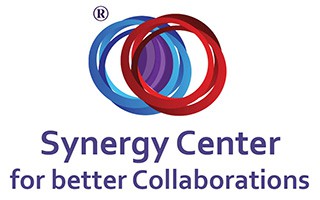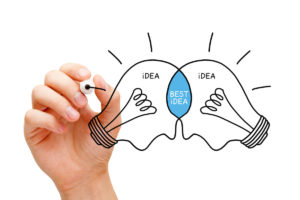In light of the unique challenges that the current century presents, today’s organizations, more than ever, require high levels of development and maintenance of their leading status. Many organizations that have been in existence for the better part of the last century have either collapsed or become irrelevant. Consequently, some organizations have been acquired while some have merged with others. Neither of the two options have been desirable for organizations, because of cultural reforms.
It’s difficult for organizations to abandon their culture, because that’s what defines who they’re (sense of identity and belonging), and underlies their success. Increasingly, it’s becoming necessary to embrace synergy and diversity, which require reforming organizational culture. However, adopting synergy approach should be in accordance with organization’s culture.
Organizations that have been able to reform their culture, improve their inputs, keep up with the current technological development and optimize their mergers and acquisitions have been able to survive and succeed. It doesn’t matter the size of the organization, but without quality and synergistic interactions, it can be difficult to attain organizational goals and vision.
Why Does Your Organization Require Synergy?
Well, getting different people to work together toward attaining a common organizational goal isn’t always easy. Organizational people require a strategic direction (or vision) and focus to channel their positive energies together to realize common vision and goals.
However, this can be difficult to attain if there are conflicts of interest, lack of diversity, low employee morale and satisfaction, counterproductive relationships, loss of energy and negative effects on organizational bottom line.
With synergy, it’s much easier to increase employee motivation and satisfaction. It fosters coordination between managers and employees and between managers or employees themselves. In addition, synergy cultivates a sense of place and belonging by organizational people.
Which Kinds of Organizational People Require Synergy?
Almost everyone in an organization:
- Owners
- Board members
- Managers — task force, quality assurance, human resources, improvement teams, etc.
- Partners
- Lecturers and students who study organizational development
How do Organizations Benefit From Adoption of Synergy?
Synergy depends on the quality of interactions between diverse organizational elements – people — managers and employees. The higher the quality, the higher the organizational outputs. Synergy works best if organization’s workforce’s diverse, because that’d essentially mean utilizing unique strengths and abilities.
There are three perspectives from which to approach organizational synergy:
- Individual
- Unit
- Organization
Adopting synergy approach provides the following benefits:
- It weakens destructive relationships while strengthens productive ones
- It helps to avoid conflicts of interest
- It minimizes energy losses
- It helps to retain employees and clients
- It helps to speed up product development
- It increases organization’s output — higher employee morale and job satisfaction, higher profitability, etc.
Why Synergy Requires Cultural Reforms
Organizational culture – the “way of doing things” (paradigm), employee’s perception of their world (cultural lens), and environment – can stand against reforms. While it’s understandable that culture lays a basis of organizational success, it can be an obstacle to implementing synergy approach, which requires cultural reforms.
And resistance to change can be particularly strong (if not spirited) if culture underlain organization’s success in the past. Organizational people can perceive cultural reforms as something that goes against their individual interests – and it can be particularly strong depending on how deeply entrenched the culture is.
Therefore, implementing synergy’s a delicate practice, because it’d require changing organization’s routines, systems and structures –‘artifacts’. However, that’d depend much on whether the goals of the proposed change align with the dominant culture. It’s also important to note that culture determines the organization’s strategic vision and goals. In addition, culture can affect employee retention and motivation.
The Bottom Line…
The uniqueness of the challenges of the 21st century requires organizations to rethink their cultural paradigms in order to conform to the reforms that’d ensure development and maintenance of their leading status. Many organizations have learned the hard way, but the ones, which have been flexible enough to embrace diversity and synergy have survived and succeeded.




